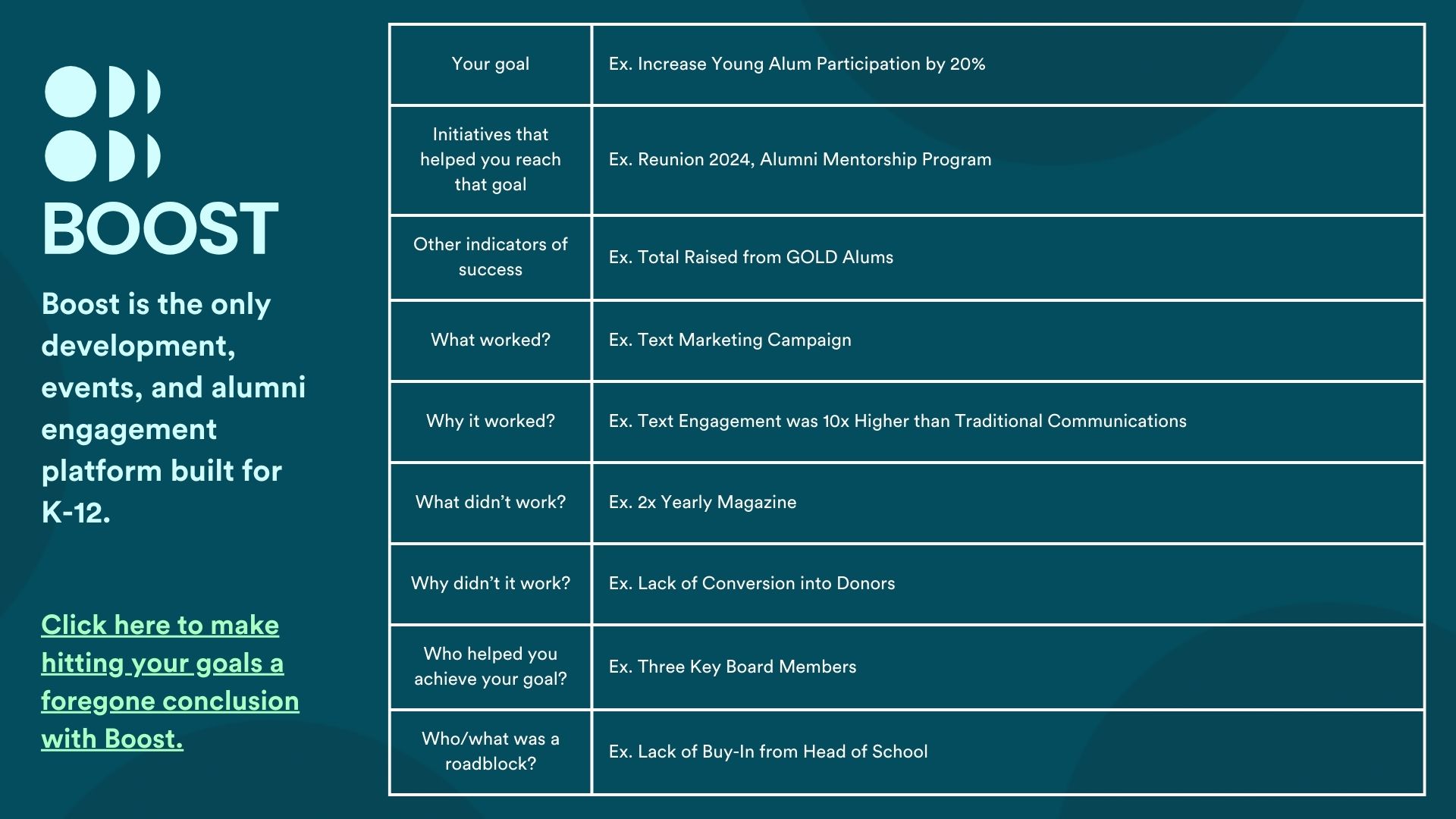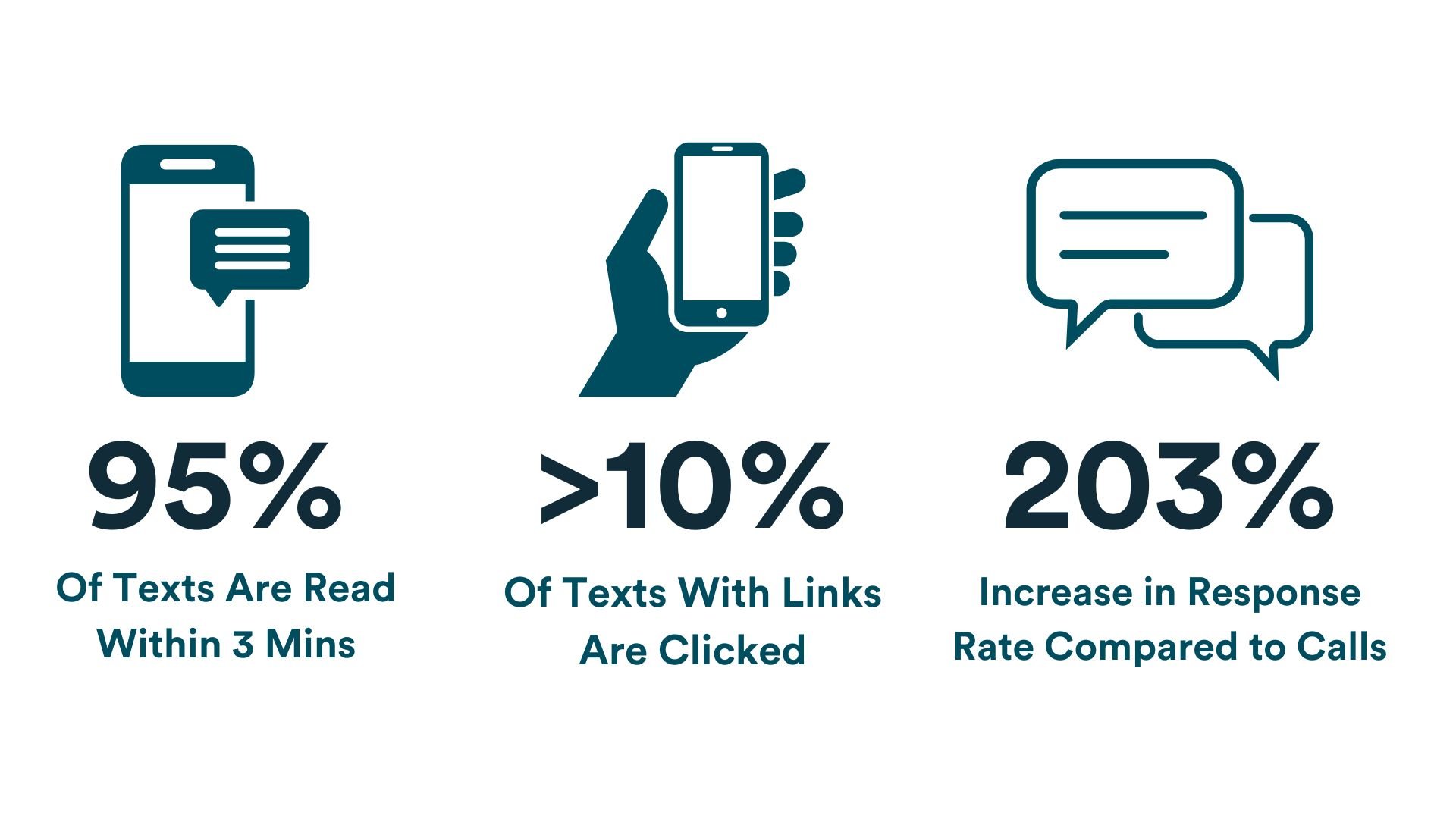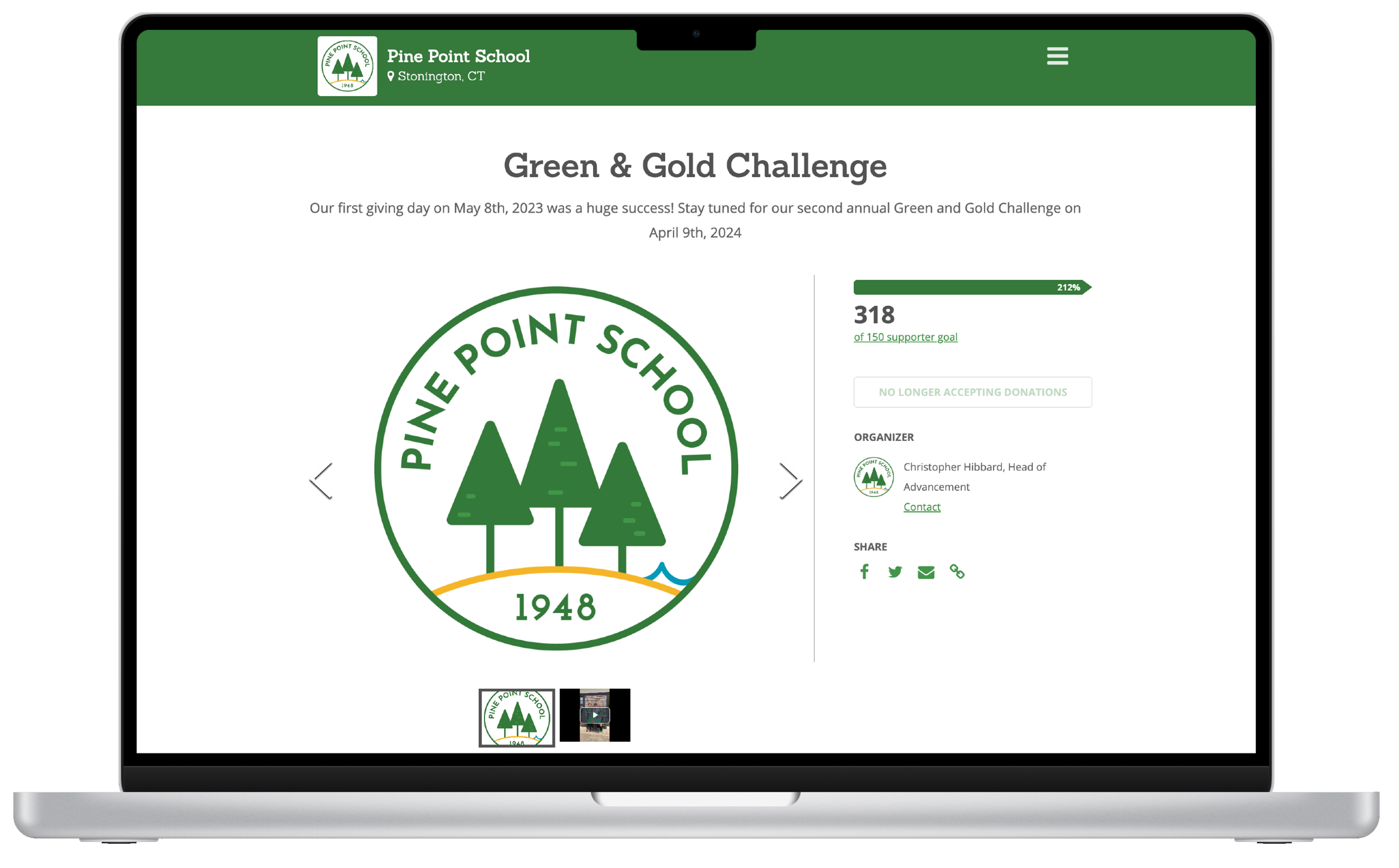Whatever goals you want to hit for your school, improving alumni engagement is paramount to achieving them. While it is important to have distinct plans for every segment within your fundraising pipeline, aside from major donors, there is perhaps no more important constituent group to your development success than your alumni. With the added reality that major donors give significantly less if they see that alumni aren’t giving as much as they would expect.
It’s an oft-cited anecdote that Michael Bloomberg’s first gift to his alma mater was a simple $5 as a recent graduate which, over the course of decades, ballooned to more than $3 billion in total giving. Of course, not every alumnus will become the next Micheal Bloomberg (though, in Johns Hopkins’ case, they only needed the one!), but every major donor has to begin somewhere. However, it extends beyond the hope that young alums will, one day, become major donors. Without a culture of philanthropy, that encourages every alum to contribute however they can, in both big and small ways, your school will not have the base of donors it needs to ensure that it has a successful development program.
Unfortunately, for reasons frequently outside of their control (many of which we’ll discuss later), alumni relations professionals often let the demand for immediate fundraising dollars determine their engagement strategy. While, in some cases, these methods may lead to an immediate bump in dollars given, that boost is most often an illusion. Under these circumstances, alumni, particularly young alumni, fail to see their relationship with their alma mater as beneficial and cease participating in events and making financial contributions.
However, there is a solution! Even better, a solution that leads to an immediate and sustained giving increase among all alumni segments.
With this guide, no matter your team size, resources, or alumni base, you’ll be able to increase alumni engagement across the board and see long-term growth. You’ll learn how to assess your current alumni engagement initiatives, create communications plans that convert unengaged alumni into recurring donors, maximize your results despite common limitations, and knock reporting out of the park to improve cross-organization confidence in your efforts.
Mapping the State of your Alumni Engagement
No successful alumni engagement program emerged from nothing. So, before we’re able to determine what you should do in the future, we need to analyze what you’ve done in the past.
Start by asking yourself a simple question: what were my major goals for last year?
Whether it was to increase overall participation, create more recurring gifts, launch a new initiative, or simply raise more, your overall goal(s) is/are the key to understanding what you need to do this year. Did you overperform or underperform your goals? Did you beat them, but not by as much as you were hoping to? Regardless of the answer, your insights will be valuable. They are so valuable, that we recommend writing them out. You can use this free template to type them, or simply create this chart in your notebook.
 Check out our goal setting template!
Check out our goal setting template!
You should fill this chart out for as many major goals as you had in the previous calendar year. Remember, you always learn more from what didn’t work, rather than what did.
Now that you’ve analyzed your major goals, it’s time to work backward. Though your main goals are likely tied to final statistics like total dollars raised and overall participation, it’s important to examine how those statistics came to be. That’s why we developed a nifty free template for tracking your entire alumni engagement funnel.
Simply plug in your school’s alumni engagement numbers (it’s ok to guesstimate for some of them if you don’t have exact numbers, the important thing is to get a broad look at your conversion) and see what worked and what didn’t. For example, this calculator will make it easy to see if your email communications are being opened but not clicked, indicating you need to work on improving your email copy.
Communications Plans that Convert
Now that you’ve looked at your alumni engagement efforts from last year, it’s time to look ahead and build your pipeline.
When it comes to building a communication plan, remember the three most important alumni engagement rules:
1. Always Provide Value 2. Segment your Communications 3. Never Be Transactional
When creating communication plans, especially when you’re planning on reaching out to alumni in bulk, it may seem daunting to create a message that resonates with every one of them individually. However, the reality is that your alumni are much more alike than you realize, and if you follow the above rules, you’ll be able to connect with them reliably and convert them from unengaged, to engaged, to donors, to repeat donors.
Let’s go through the rules one by one and see how they should shape your communications planning:
1. Always Provide Value
Whether it’s in their inbox or mailbox, your alums receive a ton of communications. So many, in fact, that they tend to ignore most of them. Living in the digital age has turned even the most open-minded and communicative people into cynical and decisive book-cover-judges. While this may seem like a major roadblock, it is, in reality, a great opportunity for your school. Here’s why:
Every time you reach out to one of your donors, you’re fighting for their attention, and more importantly – their money. And the competition is stiff. Most of your donors engage with, on average, 5+ nonprofit organizations and 9+ causes they support. However, those organizations tend to only reach out for one reason: they need money and they’re going to ask for it directly. Because of this, most of your alumni have been thoroughly conditioned to expect that if a nonprofit reaches out to them, they’ll only be doing so to ask for something. Herein lies your opportunity.
Whenever you reach out to a donor (even if you’re asking for them to make a gift) – always provide value when you do – and make sure that value is clear in your subject line. With this framework, not only will you capture your audience’s attention with something they’re not expecting, but you’ll sustain it.
A quick note on the definition of “value:” For the purposes of development and communications, we’re going to define value as something that is independently appealing to the alumnus engaging with it. For example, a recorded interview with a well-known graduate of your school provides value to someone who is interested in learning more about them regardless of who published the interview, be it your office or the New York Times.
Of course, one member of your community finding something valuable is not necessarily an indicator that every member of your alumni community will. For instance, someone who is excited to attend their 40th reunion will not have the same sense of value as a young alum who has yet to celebrate their 5th. So, never forget to segment your communications to different groups of alums. Poll your volunteers, ask your community, or simply separate your community into age blocks and tailor your messages to what they will find valuable.
2. Segment your Communications
No matter how amazingly crafted and valuable your communications are, they’re pointless if no one (or too few alumni) ever sees them. At the end of the day, alumni engagement is a numbers game, and if you’re only engaging with a few members of your community, it will quickly become impossible to hit your goals. That’s why it’s absolutely critical to ensure that you’re engaging with your alumni through the channels they are checking, not the ones they aren’t.
While communication preferences vary from person to person, following age-based trends is a great place to start. Note: while we won’t cover it in this guide, it’s always better to survey your alumni community so that you can discover their individual communications preferences.

From the above, it’s clear that one particular communication method stands out: text. While text communications have been slow to be adopted across K-12 development (largely due to most text services being either too expensive or too difficult to use), texts are a powerful tool to rally your alumni community. However, the reality is that if you’re looking to build an effective alumni engagement program, text marketing must be central to your communications strategy.

3. Never be Transactional
As we mentioned above, your alumni are constantly being berated by requests to “GIVE NOW” to nonprofits that they support. While these requests may lead to some gifts, transactional donor experiences and outreach poison your relationships with your alumni. In fact, reaching out only when it’s time to make an ask leads to an overall decrease in the lifetime donations given by your constituents.
With that in mind, it’s critical that you do not only reach out when it’s time to make an ask, and when you do make an ask, you treat each donor like a valuable part of your school’s past, present, and (most importantly) future. This is where having an impact-centered giving approach is critical.
The unfortunate reality is that even if your message is as perfectly optimized to send people to make a gift, if the page that they ultimately land on is unappealing and transactional that gift will probably not be made. Put simply – you will lose out on donors if you send them to make a gift on a simple giving form that does not allow them to further engage with their alma mater. That’s why it’s critical that whenever you make an ask to an alumni, you give them the chance to do the following:
- Leave a comment or dedicate their gift
- View other alumni comments
- Track their class’ giving
- Engage in challenges and other incentives
Not only will the above delight the alumni who were going to give regardless, but they will drastically increase your conversion numbers and help build a sense of community (circling back around to that “Culture of Philanthropy” we discussed earlier) that will endure beyond the current initiative.
Maximize your Team’s Impact
Let’s face it, not every development team is built the same, and if you are on a small (or even solo) team some of the advice we shared may seem like time spent that you might not be able to afford. That’s why we wanted to dive in and discuss some ways that small teams can maximize their impact and adopt alumni engagement strategies that are both effective and efficient.
Firstly – ditch your magazine and other high-effort low-impact initiatives that you may have inherited from past development leaders. Fundraising (and fundraising communication) has changed a ton in the last few years, and what worked then may not work now (at least not without some tweaking).
To illustrate this point, let’s take a quick look at the Pine Point School in Stonington, Connecticut. A development team of two, they had inherited the task of creating a twice-yearly magazine to be sent to all of their constituents. Of course, not only was this a large monetary expenditure, but it was also a significant time-sink. From gathering the articles, alumni information, and planning, the team at Pine Point was forced to spend a significant amount of time putting together a magazine that didn’t even pay for itself in donations. So, when they reevaluated their alumni communications plans, they decided to replace one of their magazine releases with their first-ever Green & Gold Challenge Giving Day.
The results were immediate and impressive, not only did they crush their participation goal by more than 200%, but they also engaged with their alumni community like never before. With comments, 12 challenges, and leaderboards, the result was an alumni base that “couldn’t stop refreshing the page.”
“But,” you might be ready to say, “our team doesn’t run any initiatives that we can take off of our plate, what then?” Then, the answer is even simpler, invest in tools that let you maximize your output. As a small team, your impact shouldn’t be limited to what you can achieve with manual tasks – instead, those manual tasks should support automated processes that can triple your impact.
With Boost, we allow for long-term campaign planning, building, and scheduling that lets you take advantage of your slower seasons and build everything you need, on a simple platform, far in advance. Additionally, with a robust CRM integration, you don’t need to spend time formatting and plodding through spreadsheets, or fighting with your CRM to export your mission-critical data. Because Boost is the only development and alumni engagement platform built for K-12 schools, not only are our tools optimized for K-12, but we ensure that all of our features are built to be utilized by small teams with small budgets.
Conclusions
Your alumni are your greatest asset, not just financially, but as passionate advocates and lifelong partners. Building deep, meaningful connections with them goes far beyond simply asking for donations. By fostering a culture of philanthropy where every alumnus feels valued and engaged, you create a powerful network that fuels your school’s success, both now and in the future.
This guide provided a roadmap for achieving this goal.
You learned how to:
- Assess your current engagement efforts: Analyze past performance and identify areas for improvement.
- Craft communication plans that convert: Provide value, segment your audience, and avoid being transactional.
- Maximize your team’s impact: Utilize efficient strategies and tools to scale your efforts.
- Remember, engagement is a journey, not a destination. By following these principles and continually listening to your alumni, you’ll build lasting relationships that generate not just financial support, but pride, connection, and a shared commitment to your school’s future.
Key takeaways:
- Focus on value, not just fundraising. Offer meaningful content and experiences that resonate with your alumni.
- Personalization is key. Segment your communications and tailor them to different groups of alumni.
- Build relationships, not transactions. Treat your alumni with respect and appreciation.
- Embrace technology. Utilize tools that automate tasks and maximize your impact.
- Continuously learn and adapt. Be responsive to your alumni’s needs and feedback.
- By putting these principles into practice, you can unlock the true potential of your alumni network and create a vibrant, engaged community that drives your school’s success for generations to come.
Free Resources and More Articles to Check Out:
- Boost’s Goal Setting and Reviewing Table
- Boost’s Alumni Engagement Tracking and Reporting Spreadsheet
- How Western Reserve Academy Increased Young Alumni Reunion Attendance 108%
- How the Pine Point School Revitalized their Alumni Engagement with their First Giving Day
- The Four Steps to Creating a Successful K-12 Alumni Engagement Strategy
Hudson Flynn
Hudson is the Marketing Manager at Boost My School. He is a graduate of Fordham University and the Albany Academies. Hudson is dedicated to the growth and support of K-12 education and is an active member of his local school community. In his free time, Hudson enjoys playing soccer, hiking, and cooking.
